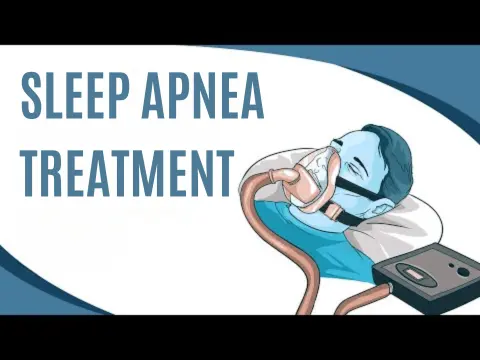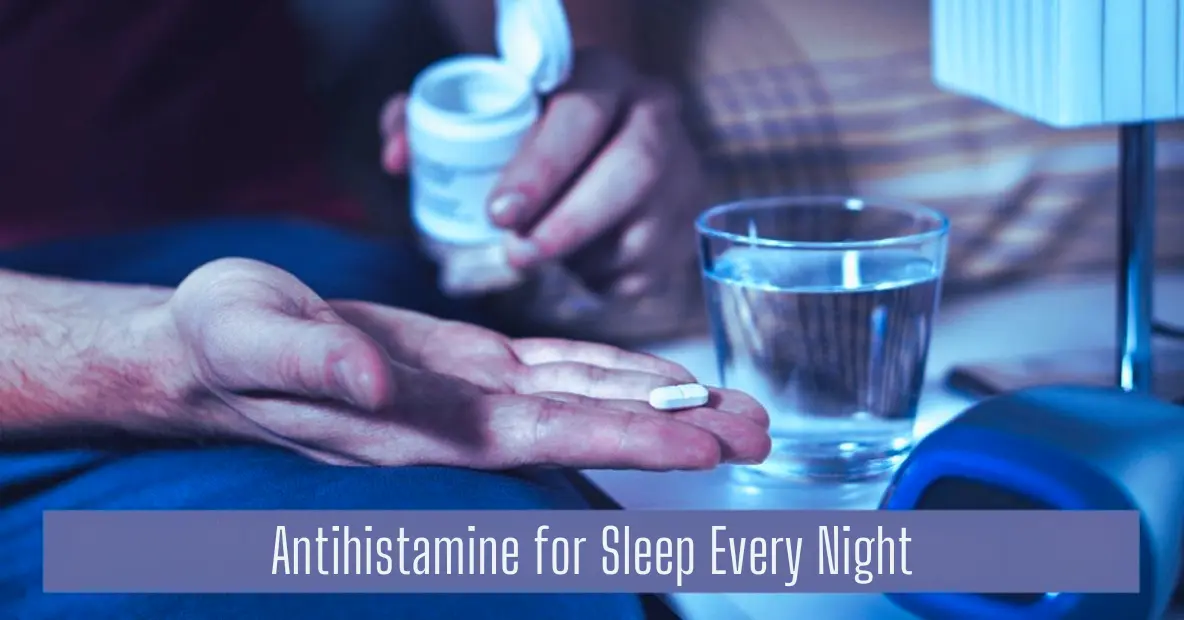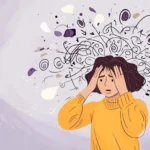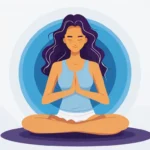
Insomnia, a common sleep disorder characterized by difficulty falling asleep, staying asleep, or waking up too early, can significantly impact your quality of life. While medication and therapy can be effective treatments, a non-pharmacological approach known as Sleep Restriction Therapy (SRT) has gained popularity for its simplicity and effectiveness.
This article will explain how SRT works, its benefits, potential risks, and real-world applications, helping you decide if it might be the right approach for improving your sleep.
What is Sleep Restriction Therapy (SRT)?
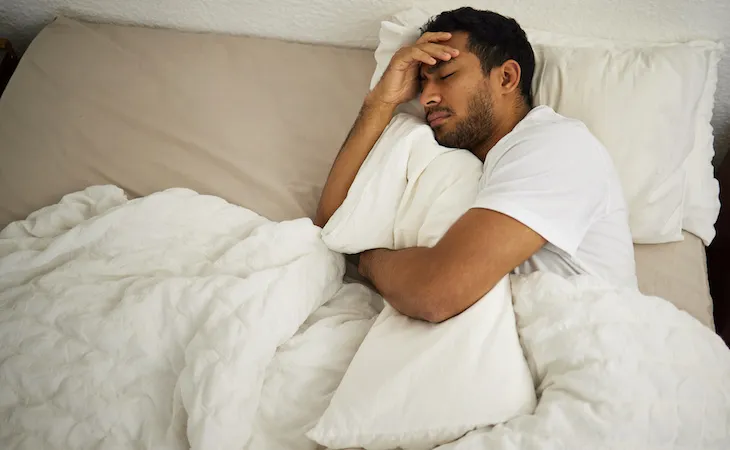
Credit: www.saatva.com
Sleep Restriction Therapy is a behavioral treatment specifically designed for insomnia. It’s a core component of Cognitive Behavioral Therapy for Insomnia (CBT-I), a gold-standard treatment for sleep disorders.
The Principle Behind SRT:
The therapy involves limiting the amount of time you spend in bed to match the actual hours you sleep. Over time, this improves the brain’s association between bed and sleep, reducing restlessness and enhancing overall sleep efficiency.
How Does Sleep Restriction Therapy Work?
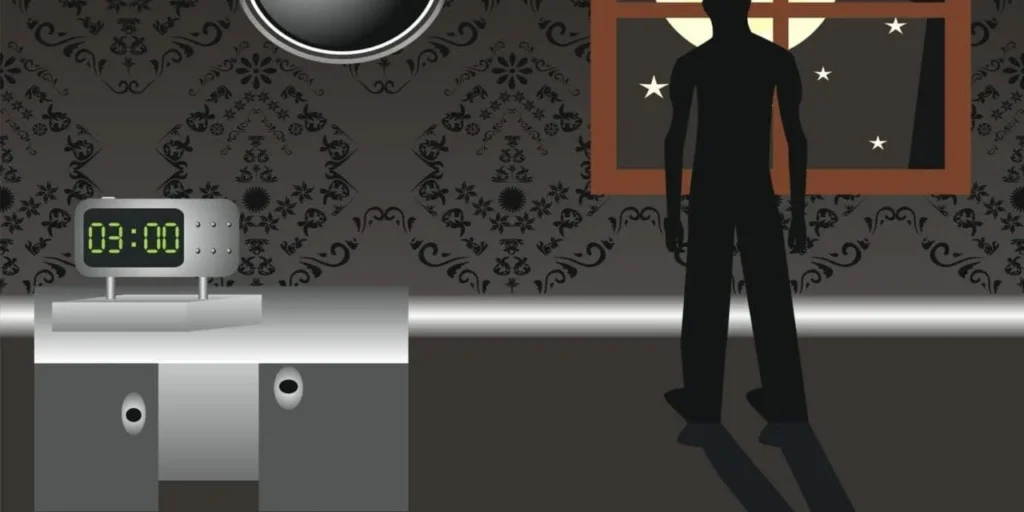
Credit: sleepreviewmag.com
SRT works by creating a sleep debt. When you limit your sleep time, your body becomes more tired, making it easier to fall asleep and stay asleep. Over time, your body’s internal clock will adjust to the new sleep schedule, leading to improved sleep quality and reduced insomnia symptoms. If you struggle to maintain a consistent schedule, consider using a light therapy lamp to help regulate your circadian rhythm.
Benefits of Sleep Restriction Therapy
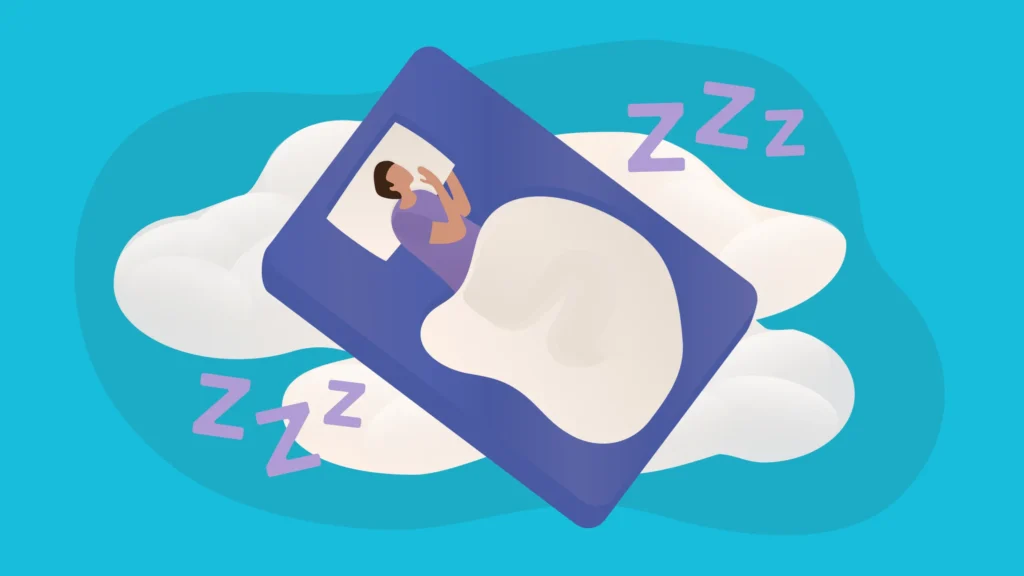
Credit: texpts.com
SRT offers several advantages for those with chronic insomnia and related conditions:
- Improved Sleep Efficiency: By reducing the gap between time in bed and actual sleep, you spend more time sleeping and less time tossing and turning.
- Faster Sleep Onset: It trains the body to fall asleep more quickly at bedtime.
- Better Sleep Quality: Studies show that SRT enhances deep sleep phases, resulting in more restorative rest.
- Drug-Free Solution: Unlike medications, SRT addresses the root causes of insomnia without dependency or side effects.
Using tools like a weighted blanket can complement SRT by providing additional comfort and reducing anxiety, further promoting restful sleep.
Risks and Challenges of SRT
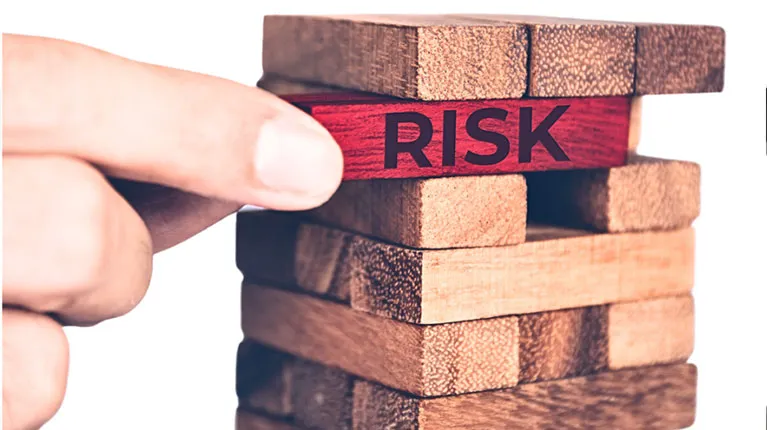
Credit: cmgconsultants.com
While effective, Sleep Restriction Therapy isn’t without its challenges:
- Short-Term Fatigue: The initial phases of SRT can leave you feeling more tired during the day as your body adjusts to the restricted sleep schedule.
- Commitment Required: SRT requires discipline and consistency, which can be challenging without professional guidance.
- Not Suitable for Everyone:
- Individuals with bipolar disorder, epilepsy, or severe anxiety should consult a doctor before starting.
- Those with irregular work schedules may struggle to implement the fixed sleep schedule.
Real-Life Application of SRT
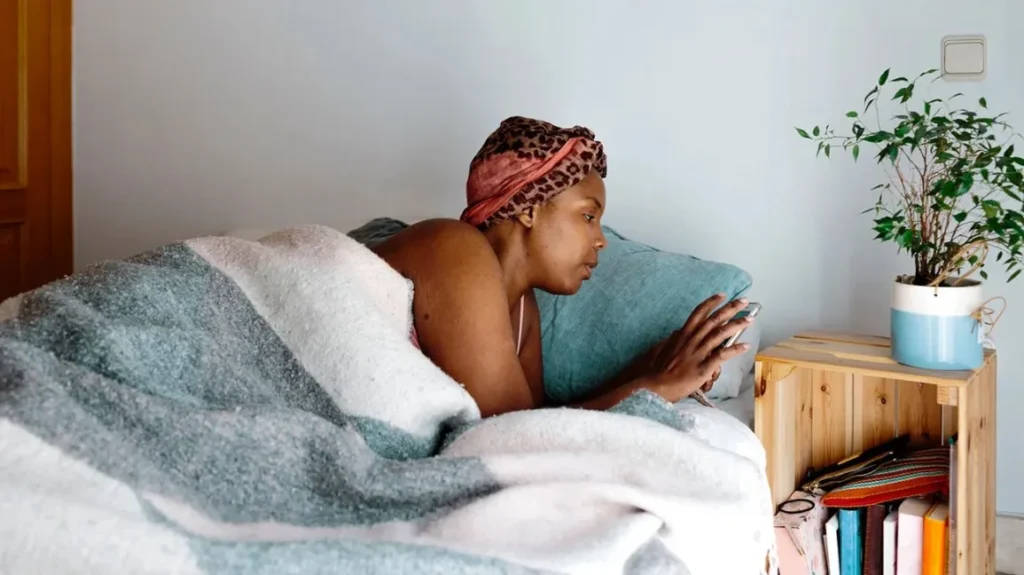
Credit: www.healthline.com
Let’s consider an example to visualize how SRT might work in practice:
Case Study: Sarah’s Journey with SRT
- Baseline: Sarah, a 35-year-old marketing professional, logs an average of 4.5 hours of sleep each night, despite spending 8 hours in bed.
- Initial Restriction: Her therapist sets her sleep schedule from 12:30 a.m. to 5 a.m.
- Adjustment Period: For the first two weeks, Sarah feels more fatigued during the day but notices that she falls asleep faster at night.
- Progress: After three weeks, her sleep efficiency improves to 90%, and her therapist adjusts her schedule to 12 a.m. to 5:30 a.m.
- Outcome: After two months, Sarah consistently sleeps 6.5 hours with minimal wakefulness, and her insomnia symptoms significantly reduce.
Potential Challenges and Considerations
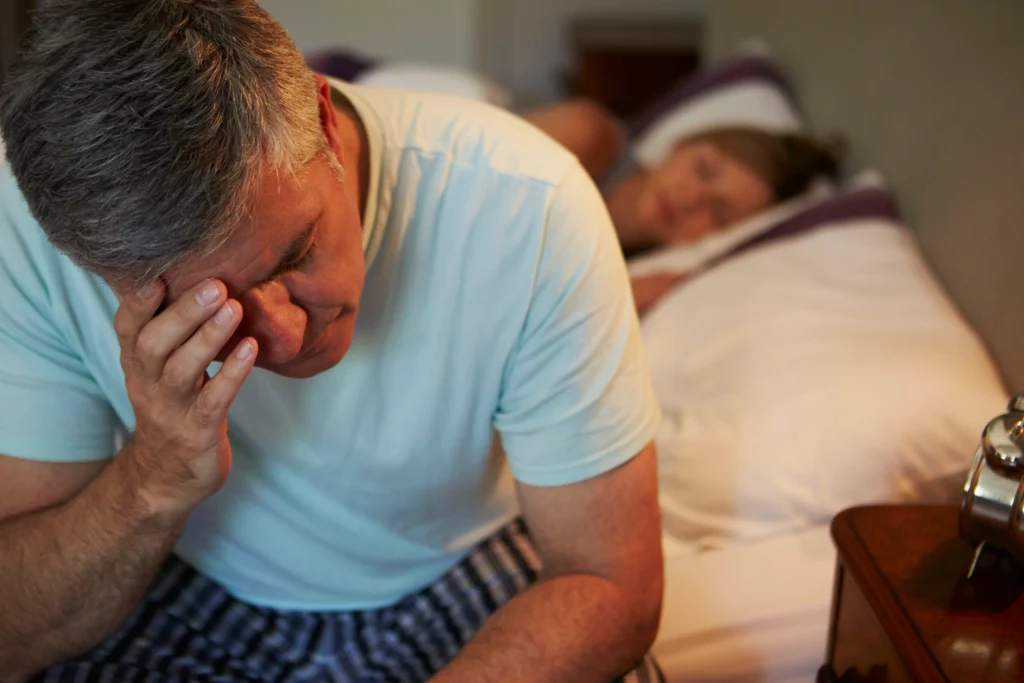
Credit: www.medcentral.com
While SRT can be effective, it’s important to be patient and consistent. Some people may experience initial discomfort or difficulty adjusting to the restricted sleep schedule. However, with persistence, most people can see significant improvements in their sleep quality.
To make the process easier, consider a sleep tracker to monitor your progress and stay motivated.
It’s also important to note that SRT is not suitable for everyone. People with severe insomnia or underlying medical conditions should consult with a healthcare professional before attempting SRT.
FAQs
1. How long does Sleep Restriction Therapy take to work?
Most people see noticeable improvements within 4–8 weeks, though this can vary depending on individual circumstances.
2. Can I do Sleep Restriction Therapy on my own?
While possible, working with a sleep specialist ensures proper guidance, monitoring, and adjustments for optimal results.
3. Is Sleep Restriction Therapy safe?
Yes, but individuals with certain health conditions (e.g., bipolar disorder or seizure disorders) should consult a healthcare provider before starting.
4. What if I feel excessively tired during SRT?
Daytime fatigue is normal during the early stages. Avoid naps and stick to the plan to see long-term benefits.
5. Can Sleep Restriction Therapy be combined with other treatments?
Yes, it’s often paired with relaxation techniques or stimulus control for even greater effectiveness.
Final Thoughts
Sleep Restriction Therapy is a simple yet effective technique for improving sleep quality. By understanding how it works and following the guidelines, you can take control of your sleep and enjoy a more restful night’s sleep.


